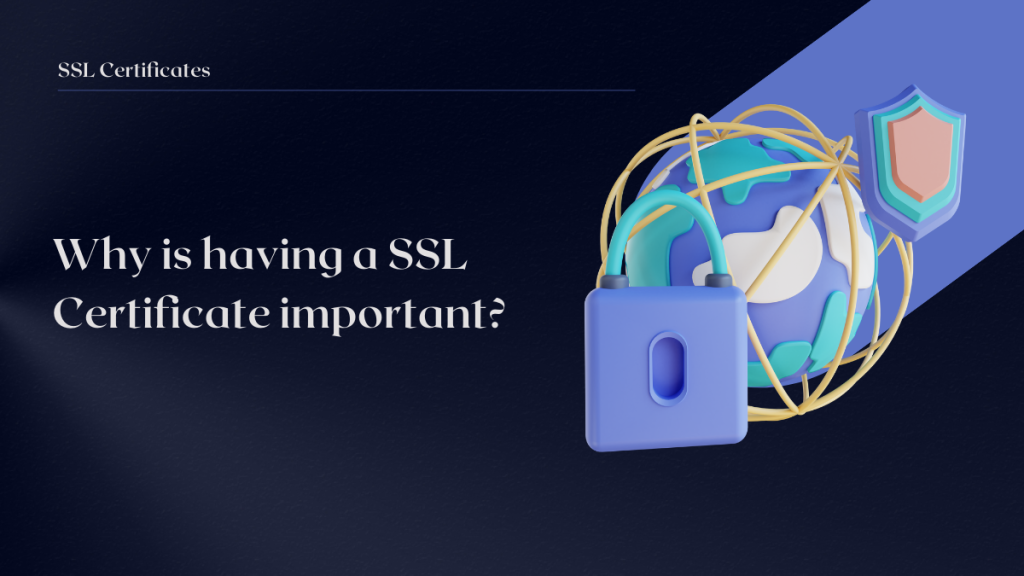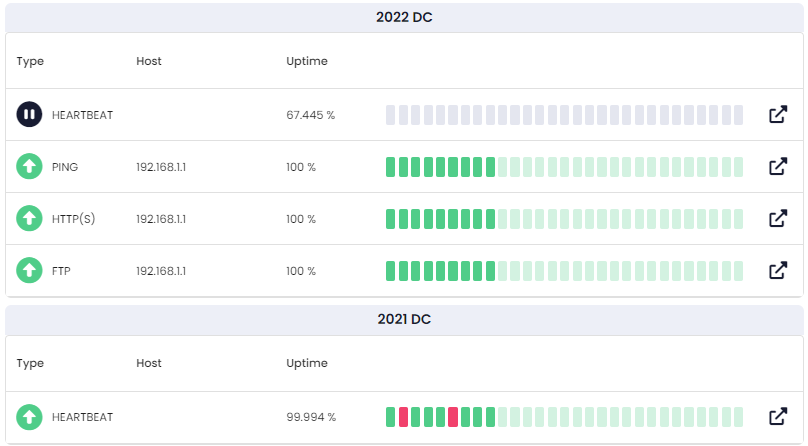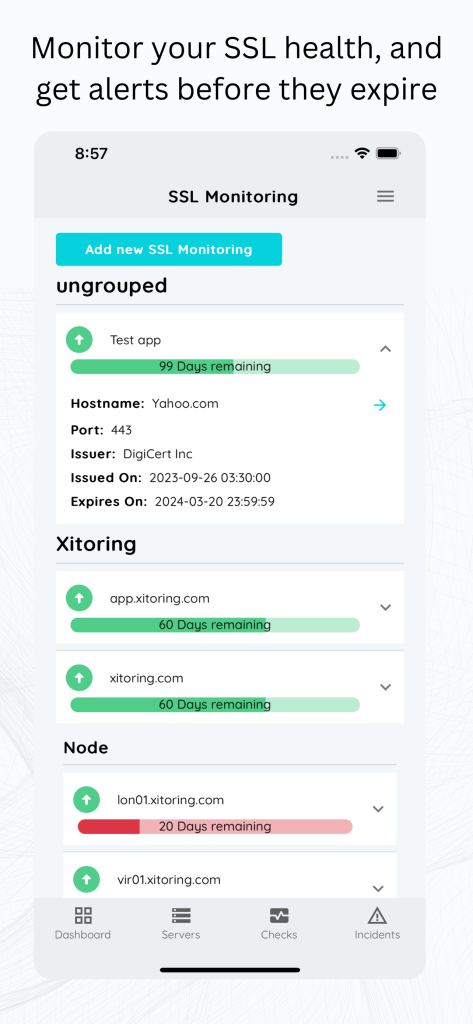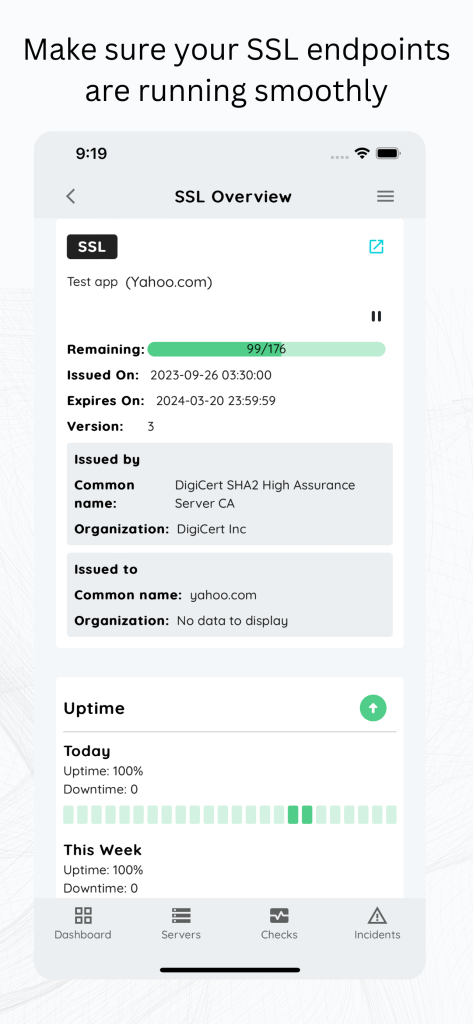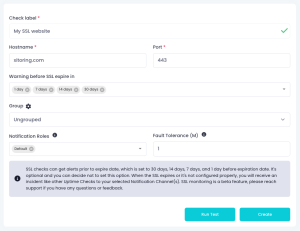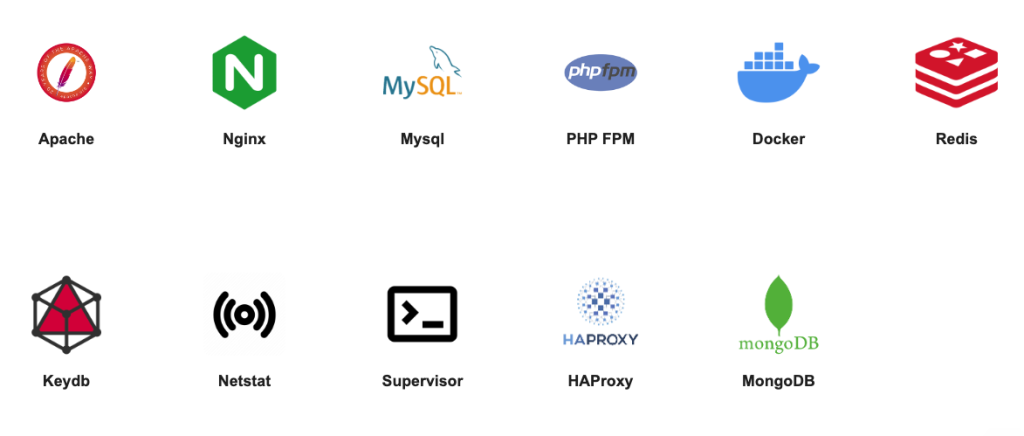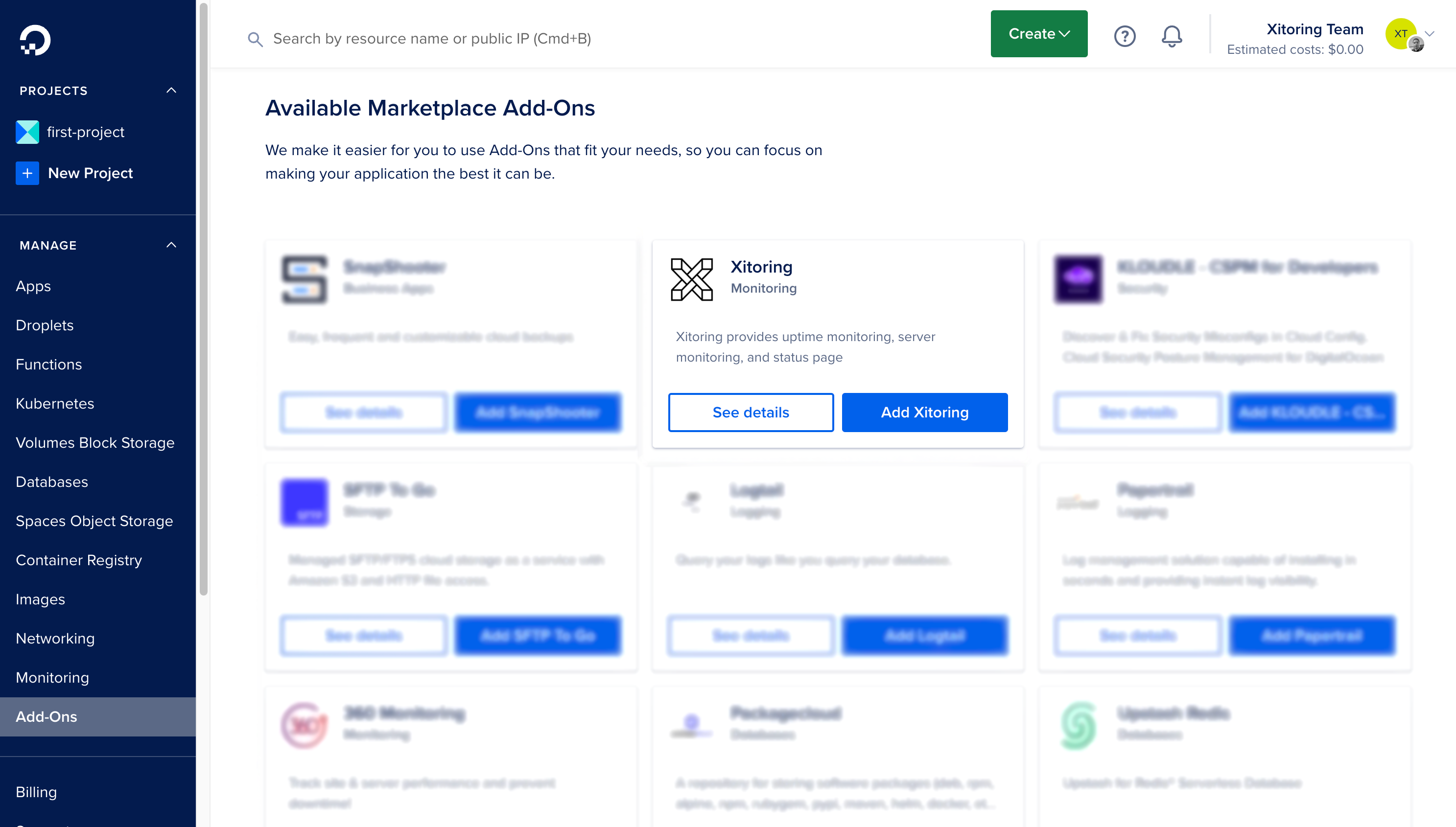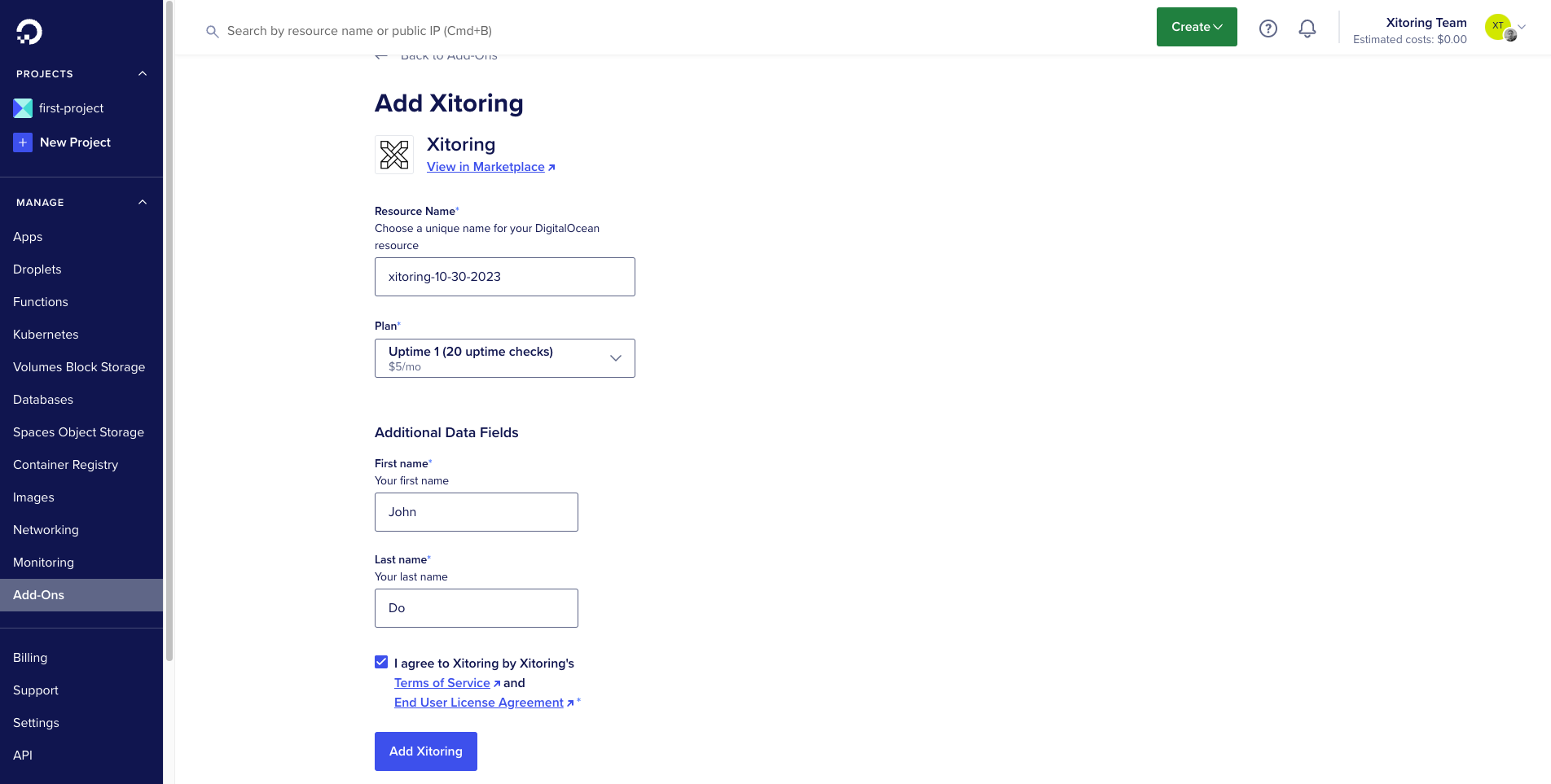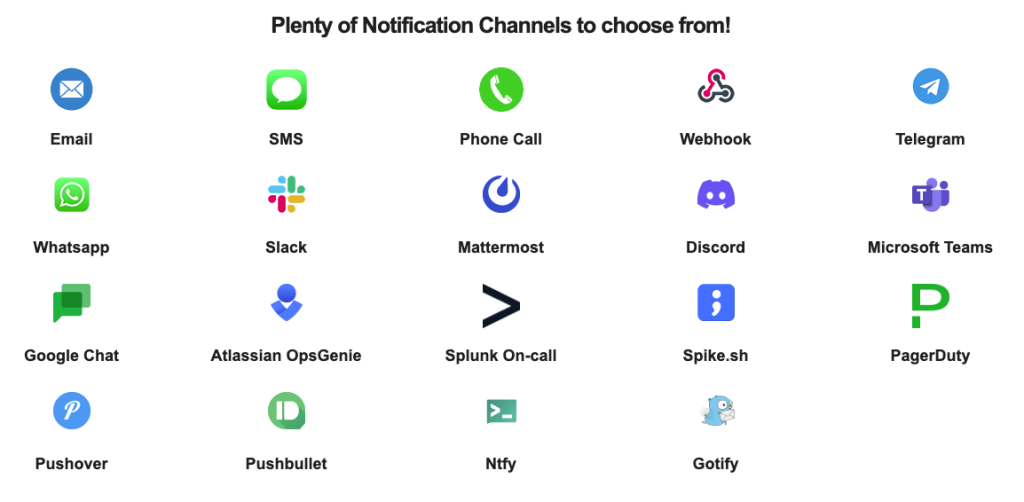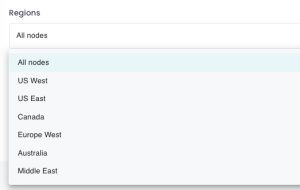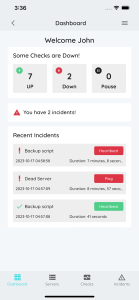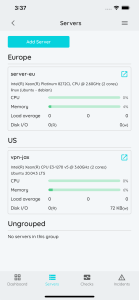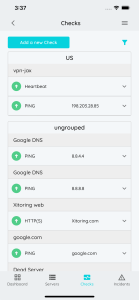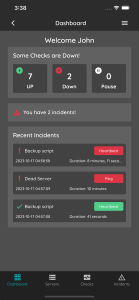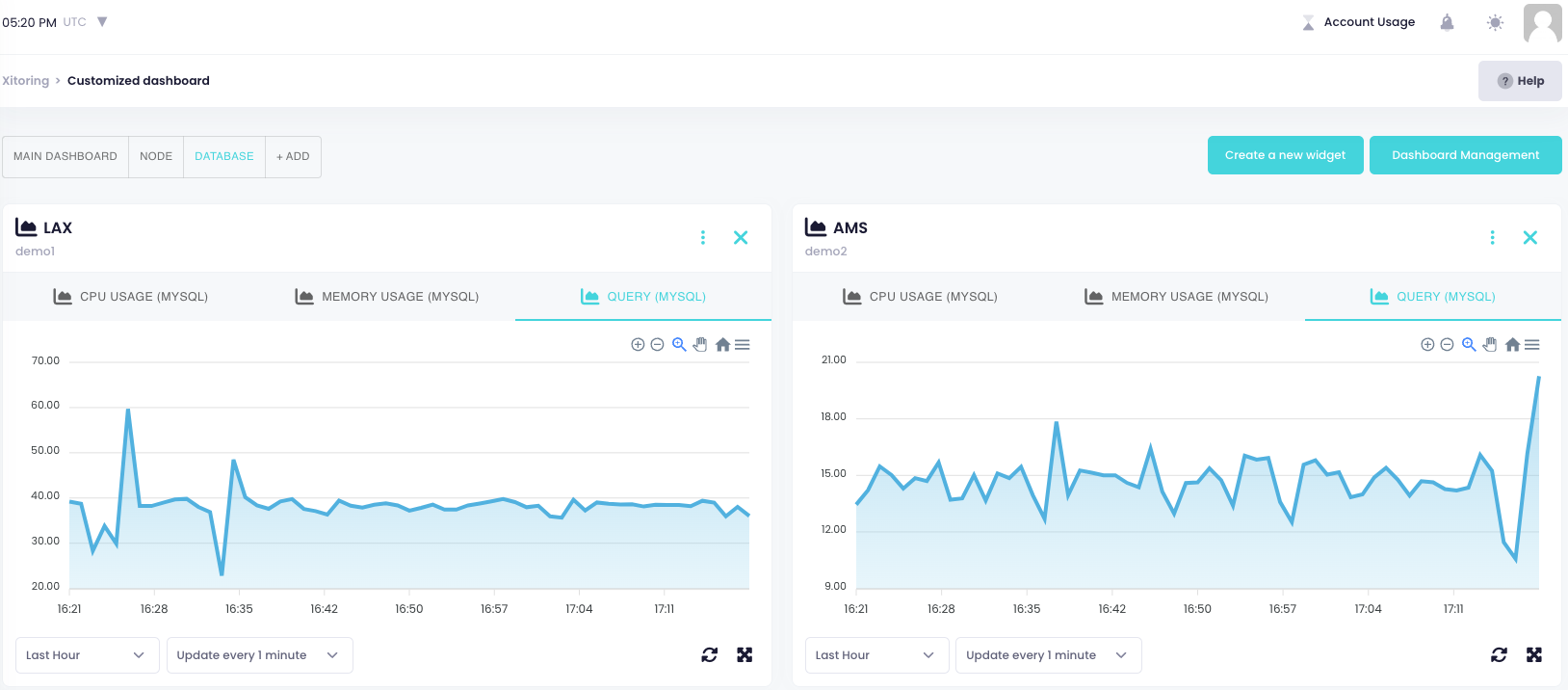At Xitoring, we are thrilled to announce the expansion of our monitoring network with the addition of 5 new probing nodes! These strategic locations will allow us to provide even better coverage and performance monitoring for our valued customers across the globe. Join us as we take a closer look at our latest node locations in Frankfurt, Tokyo, Sao Paulo, Iowa, and Texas.
Frankfurt, Germany:
We are excited to bring our monitoring services closer to our European customers with our new probing node in Frankfurt, Germany. This location will ensure fast and reliable monitoring of your critical infrastructure in one of Europe’s major technology hubs.
Tokyo, Japan:
With our new probing node in Tokyo, Japan, we extend our monitoring capabilities to the vibrant and technologically advanced Asian market. Stay confident in the performance and availability of your infrastructure, as our probing node closely observes your systems in this key global city.
Sao Paulo, Brazil:
To better serve our customers in South America, we have established a probing node in Sao Paulo, Brazil. This location offers a significant boost in monitoring accuracy for businesses in Brazil and throughout the region, ensuring that potential issues are detected promptly.
Iowa, Central US:
Expanding our presence in the United States, our probing node in Iowa guarantees reliable monitoring and performance optimization for our customers in the central region. Whether you operate in the finance, healthcare, or e-commerce industry, rest assured that our monitoring services have you covered.
Texas, Central US:
To further enhance our network coverage, we are delighted to introduce our probing node in Texas, another vital location in the central United States. Benefit from real-time monitoring, proactive alerts, and valuable insights to keep your infrastructure running smoothly.
Conclusion:
At Xitoring, our commitment is to provide you with the best monitoring and alerting service possible. With our newly added probing nodes in Frankfurt, Tokyo, Sao Paulo, Iowa, and Texas, we are expanding our reach and ensuring that your critical infrastructure is monitored with precision and efficiency. These strategic node locations enable us to deliver real-time insights and proactive alerts, allowing you to take immediate action and prevent potential issues before they impact your business operations.
With our expanded network coverage, you can now:
Minimize Downtime: Our monitoring nodes in Frankfurt, Tokyo, Sao Paulo, Iowa, and Texas work tirelessly to detect any performance or availability issues. By receiving timely notifications, you can resolve problems before they escalate, minimizing downtime and ensuring optimal uptime for your infrastructure.
Improve User Experience: With our probing nodes located strategically around the world, you can now monitor your systems from various geographical perspectives. This allows you to identify potential latency issues and optimize your applications to provide a seamless user experience for your global audience.
Scale with Confidence: As your business grows, our monitoring services scale with you. The addition of these new probing nodes ensures that we have the capacity to handle your increasing monitoring needs, no matter where your operations expand.
Gain Actionable Insights: Our monitoring platform provides comprehensive reports and analytics, giving you valuable insights into the performance trends of your infrastructure. By leveraging this data, you can make informed decisions, optimize your systems, and drive continuous improvements in your IT operations.
At Xitoring, our mission is to empower businesses with reliable and robust monitoring solutions. With the introduction of our new probing nodes in Frankfurt, Tokyo, Sao Paulo, Iowa, and Texas, we are even better equipped to provide you with the monitoring capabilities you need to thrive in today’s competitive landscape.
Stay tuned for more exciting updates as we continue to enhance our services and expand our network to serve you better. If you have any questions or would like to learn more about how our monitoring solutions can benefit your business, please don’t hesitate to reach out to us.
Together, let’s monitor, optimize, and succeed!
You can find a list of locations and IPs here
